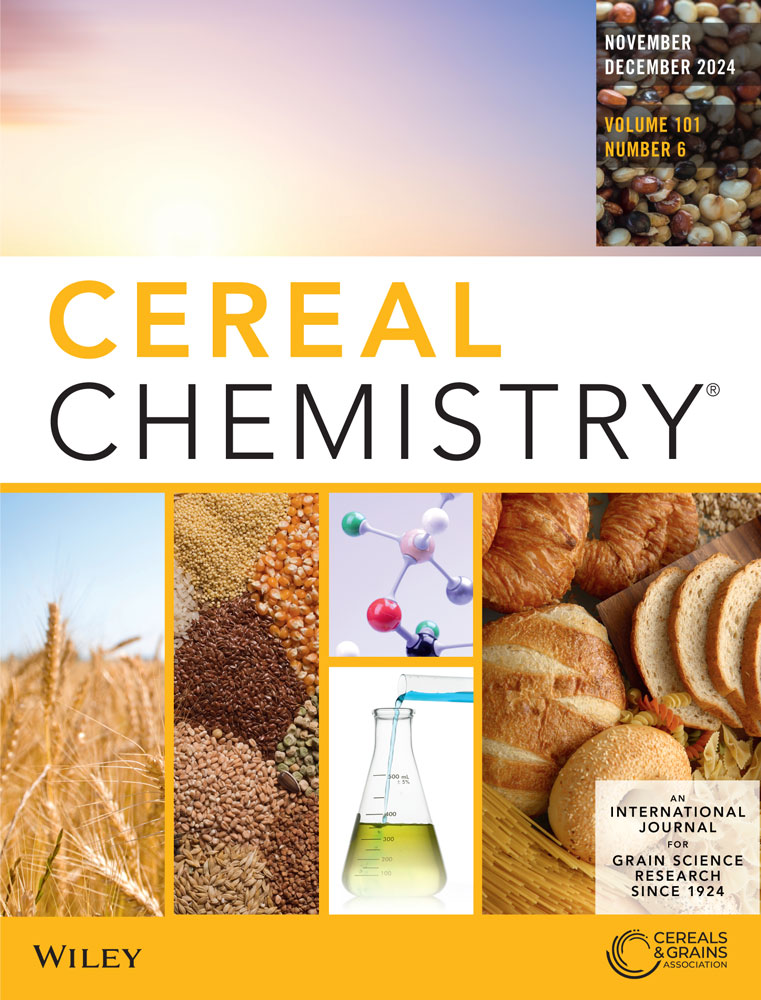Transformative effects of lactic acid fermentation on maize and quality protein maize: Phytochemical characterization, functional properties, and structural features
Abstract
Background and Objective
Fermentation has a huge potential to improve the nutritional and functional properties by using the biological activity of the grain itself. The current study was performed to optimize the conditions for the fermentation of Quality Protein Maize (QPM) and maize further; the impact of fermentation treatment on the bio-techno-functional properties of QPM and maize flour was assessed.
Findings
The technological properties, including oil absorption capacity, water solubility index, emulsion activity and stability, foaming capacity and stability, protein solubility, gel consistency, and least gelation concentration, were found to be increased with the fermentation treatment, while water absorption capacity, paste clarity, and swelling power observed a decline. The findings suggested elevated levels of all the bioactive constituents with the fermentation process. The modulations at the molecular level were confirmed by the scanning electron micrographs of fermented flour. Further, changes in the peaks of Fourier transform infrared spectra and the emergence of new peaks were also reported.
Conclusions
The fermentation treatment altered the techno-functional properties, bioactive constituents, macromolecular structure, and molecular interactions of QPM and maize flour.
Significance and Novelty
Limited literature is available dedicated to the assessment of the nutritional, techno-functional, and phytochemical components in QPM and maize as influenced by the fermentation process. Further, changes in the structural and molecular interactions in the flour components due to fermentation treatment have not been studied comprehensively.

 求助内容:
求助内容: 应助结果提醒方式:
应助结果提醒方式:


